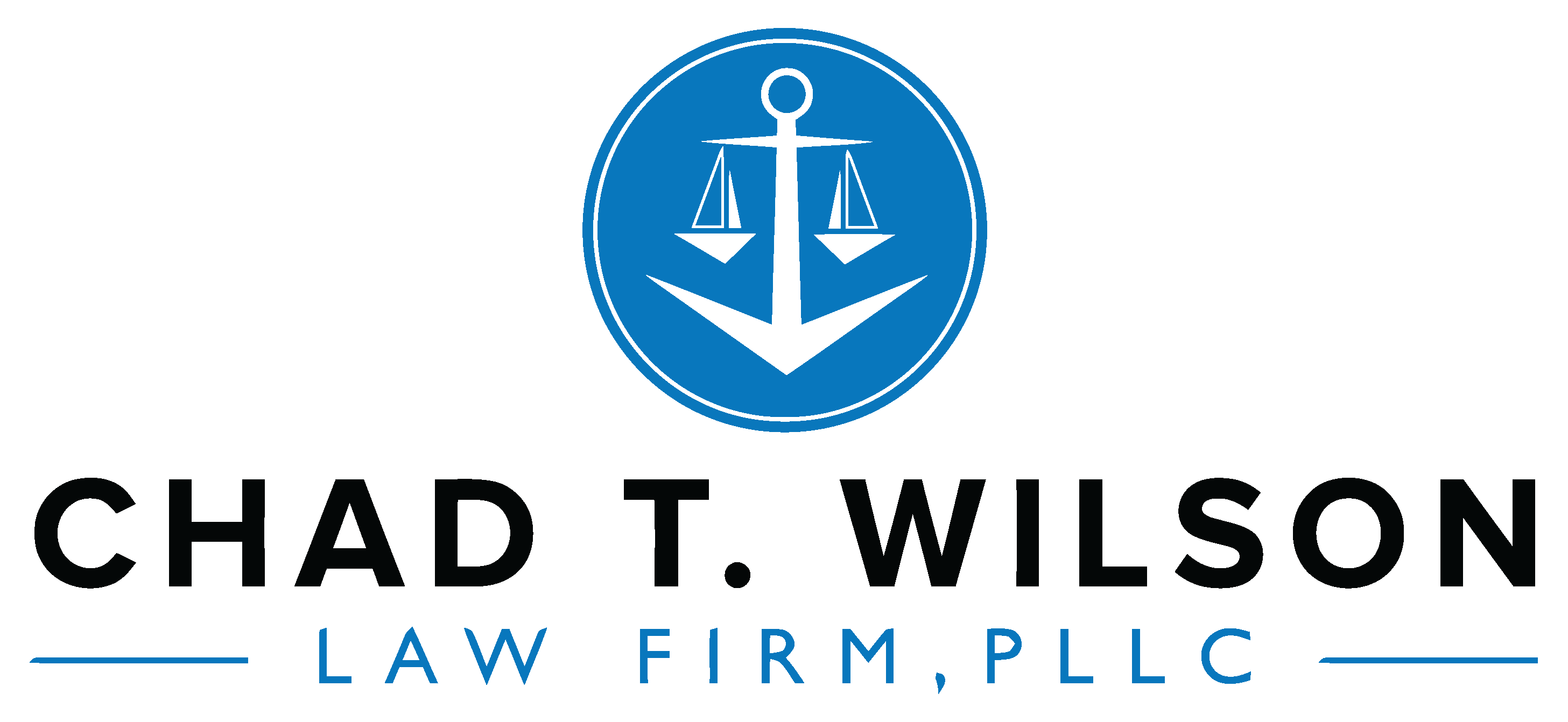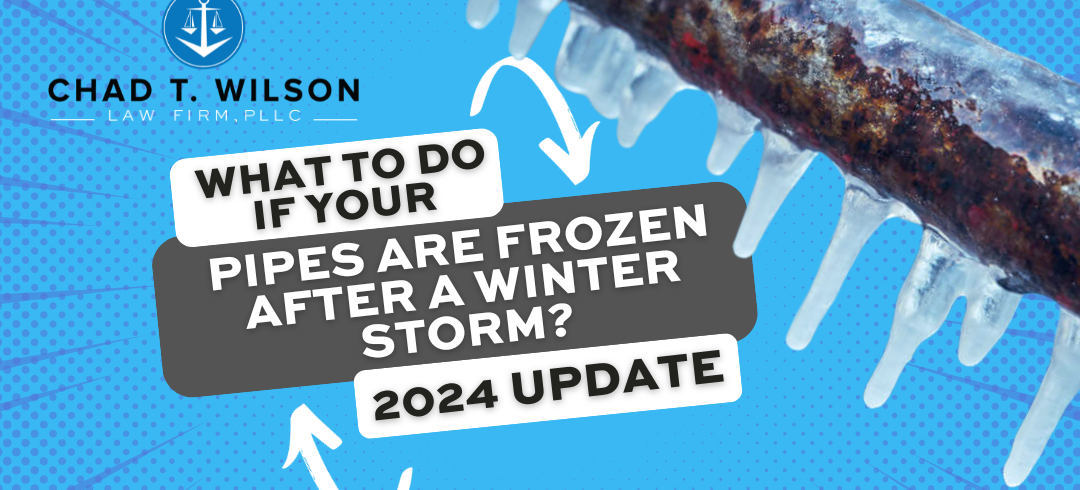
What To Do When Your House Floods
You’ve built a life in your house. All of your memories, your families memories, are archived there. Not just in the photo albums, refrigerator drawings and homemade cards. But, in the markings on the door frame where your children grew to be taller than you. In the patchwork sheetrock where your boys loved to rough-house. In the permanently scuffed floors from too much running in the house.
And then, disaster strikes. With no warning, Mother Nature releases a fury of rain and, in just a few hours, you find all those memories washed away.
For some, this scenario seems like it could never happen. For people in South Louisiana, though, it’s all too familiar. In the span of one day, Baton Rouge and its surrounding cities were overwhelmed with rain. Levees broke. Rivers flooded. And houses in no-flood zones were engulfed in water.
When a flood strikes, immediately call your insurance company.
If you’ve found yourself up to your knees in water with no flood insurance, apply for federal assistance.
While you’re working to get your life back in order by clearing out your house, removing ruined carpets and sheetrock and salvaging everything you can, remember to pay attention to all of the potential dangers your house may now hold.
Wetness and high humidity will cause molds, fungi, algae and bacteria to grow within only a few days, and if the water was contaminated with sewage or other biological pollutants, your home may be doubly contaminated. Therefore, it’s important to begin cleaning and drying quickly and thoroughly. Mold spores can wreak havoc on allergies, fungi can deteriorate your wood, and some molds produce mycotoxins; all of these will cause an unhealthy living environment and a house that steadily rots. Often, the damages these growths cause will not be covered under flood or homeowner’s insurance.
If you have the funds, it’s best to have a professional water damage restoration contractor with special drying equipment come to clean, disinfect and dry your home. If you don’t have that option, be sure to wear protective clothing on your legs, arms, feet and hands while cleaning, and wear rubber gloves and goggles while removing flood-damaged items. If your home was built before 1978, be wary of lead-based paints.
Begin cleaning by removing wet carpets, carpet pads and rugs within 24 hours of the flood, and disinfect the slab underneath. An economical, general purposed disinfectant is 1/2 cup laundry bleach to a gallon of water, but can damage finishes (wood, metal, colors) and may pose health threats. Remove any other flooring once the flood has receded and clean the floor underneath. For wood floors, carefully remove a board every few feet to reduce buckling and leave open until the flooring is dry.
All wet insulation needs to be removed, and the insides of walls should be flushed. Be sure all areas are dry before installing new insulation and sheetrock. Replace all porous insulation with new material.
Flush out the insides of the walls. Allow wetted areas to dry thoroughly before installing new insulation. If possible, air condition and use a dehumidifier to speed the drying of materials by drying the indoor air.
To dry the rest of your home: open all closet and cabinet doors, remove drawers, wall panels, vinyl wallpaper and baseboards.
When refinishing your home, opt for latex paint, flood-hardy materials, ceramic or vinyl tiles or solid wood flooring.
Remove vinyl wallpaper to allow sheetrock or paneling to dry. Removing baseboards will help too. Refinish interior walls with latex paint—never use vinyl wallpaper—to allow the walls to continue to dry to the inside. A shellac-based sealer, however, may be needed over ceiling water stains before painting.
Texas & Louisiana Property Insurance Lawyers
If your flood or homeowner insurance carrier has denied your insurance claim, we can help. The experienced property insurance attorneys at Chad T. Wilson Law Firm have represented more than 1,000 clients in cases against insurance companies and aggressively protect the rights of insurance policyholders. Our consultations are free, and you owe us nothing until your case is won. Contact us today to see how we can help.






